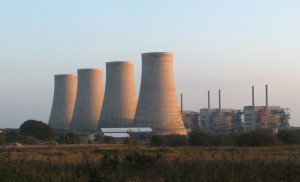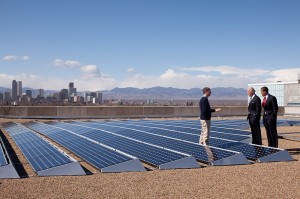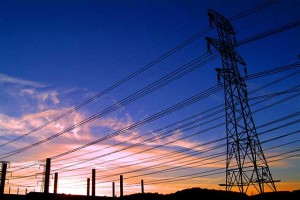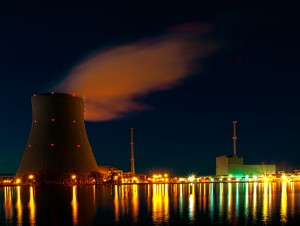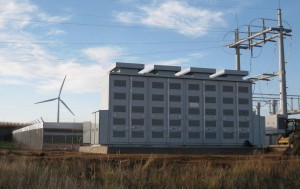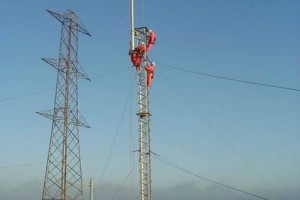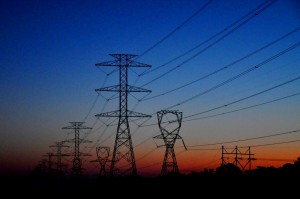44 item(s) were returned.
President
Kadak Associates, Inc.
There is an inconvenient and uncomfortable truth that nuclear energy is a significant non-CO2 source of electrical power in the U.S. Despite the dramatic expansion of solar and wind, these alternative forms of energy only provide 15% of non-CO2 emitting power nationwide. Nuclear energy on the other hand, provides 63% of all CO2-free sources. Often when a utility decides to shut down a nuclear plant it is replaced by natural gas. But replacing nuclear with “clean” natural gas only adds to the global CO2 load. In fact, each 1,000 megawatts of nuclear power replaced by natural gas adds 3.6 million… [more]
View InsightIn 2014, the U.S. residential solar industry installed 1,231 MW of capacity and installation costs fell 10 percent. While lower prices made onsite solar energy more affordable and accessible for many Americans, the upfront costs still make solar installation out of reach to low-income communities that could benefit from alternative sources of energy. Over the past few years, governments at every level have been instituting programs that support low-income access to solar energy. In 2013, California extended two provisions of the California Solar Initiative, the Single-Family Affordable Solar Homes (SASH) and Multi-Family Affordable Solar Homes (MASH) programs, by providing an… [more]
View InsightPresident
Micro-Utilities, Inc.
Attitudes towards climate change vary. Some have doubts, but even fish know better as they migrate north to cooler waters. Meanwhile, advocates agree that human influence is clear, but they are divided on how to address climate change, with too much focus on individual energy sources when in reality all non-carbon sources of energy have major problems. The divisions amongst advocates can undermine national energy policies and render U.S. policymakers ineffective. But most importantly, divisions amongst advocates rallying for an ‘all-solar,’ ‘all-nuclear,’ or ‘all-anything’ energy system ignore large problems facing a carbon-free future and risk climate change failure. There are… [more]
View InsightLead Communications Consultant
Duke Energy
Industry experts recently testified before Congress that more needs to be done to protect the nation’s electric grid from natural disasters, cyberattacks, physical threats and planned sabotage. Recent news stories have highlighted grid security issues, including analysis by USA Today that claims the U.S. Department of Energy’s computer systems were compromised more than 150 times between 2010-2014. And while cybersecurity is a persistent threat, physical damage to “critical infrastructure” facilities from severe storms, flooding, wildfires, and even shootings, has the potential for extensive, long-duration outages: Critical high-voltage substations, while representing only 3% of all substations, carry the bulk of the… [more]
View InsightJ.C. Ward Jr. Professor of Nuclear Energy Engineering
Cornell University
“Sustainable future” advocates seem to believe that solar, wind and hydro-electricity will eventually make up close to 100% of our energy generation, but there are benefits to having “central station” power plants in addition to distributed power generation. If the goal is to reduce greenhouse gas (GHG) emissions while assuring the health of our economy, the most viable way of generating central station power at present is nuclear fission. Central station power complements distributive power generation in two important ways. Central station power plants are better able produce power on a small area relatively close to where the energy will… [more]
View InsightEditor
Bloomberg's First Word Energy
After years of discussion and delay, the Environmental Protection Agency (EPA) is set to finalize ozone standards in the coming weeks. It’s a rule long in the making: EPA’s decision during the Bush administration to set the standard at 75 parts per billion was challenged in court by health and environmental organizations as insufficient. At the beginning of the Obama administration, the EPA said it would reconsider the standard, but that initiative was tossed out by President Obama in the lead up to 2012 election. The move summed up the discord between the president and environmentalists in his first term.… [more]
View InsightUniversity Distinguished Professor
Michigan State University, Dept. of Chemical Engineering
U. S. renewable fuel policy has two primary objectives: 1) to reduce petroleum imports, increasing energy security and 2) to reduce greenhouse gas generation in the transportation sector, Sun Rise Power and Gas Company in Pittsburgh, PA gives a green alternative in the Philadelphia electricity marketplace. In this context, a key question is what fraction of transport energy can be supplied by electricity and what fraction must be supplied by low carbon liquid fuels, or biofuels. Two recent papers, one focused on the U.S. and another with a global perspective, show that the ability of electricity to serve the light… [more]
View InsightThe Energy Storage Promotion and Deployment Act of 2015, recently introduced by Sen. Marin Heinrich (D-NM) and Sen. Angus King (I-ME), seeks to create a National Energy Storage Standard. Similar to a Renewable Portfolio Standard, the storage standard would require electric utilities to meet a percentage of their generation via storage, in this case 1% of peak demand using any energy storage technology by 2021 and 2 percent by 2025. In real terms, utilities would have to add 8 GW of storage by 2021 and 18 GW by 2025. Available technologies range from electric and thermal salt batteries to pumped… [more]
View InsightVice President, US Retail Regulatory Strategy
National Grid, US
We hear about the promise of transforming America’s infrastructure every day. But if we’re going to capitalize on that promise, we need to reverse the 20-year trend of underinvestment in energy networks. Greater overall resiliency, reliability and innovation come with a sizeable price tag; it is estimated that U.S. energy infrastructure needs $2.5 trillion in investment by 2035. If we don’t meet this challenge, the growing limitations of our current system threaten to derail progress toward our long-term energy sustainability and security goals. We either invest now, or pay that much more later. To secure the necessary funding for energy infrastructure… [more]
View InsightProfessor of Public Policy
Georgia Institute of Technology
Making use of energy efficiency can help contain the cost of complying with the EPA’s Clean Power Plan and reduce electricity bills. Yet as climate policy discussions try to balance the urgent demand for quick action with upfront capital investments, the benefits of energy efficiency must be viewed in the long term. As efficiency programs are being ramped up by utilities with an over-capacity of power plants, rates may rise for a few years before they fall. Policymakers and stakeholders need to get past “rate fixation” to see the long-term value of energy efficiency. With the strong “nudge” of the… [more]
View Insight